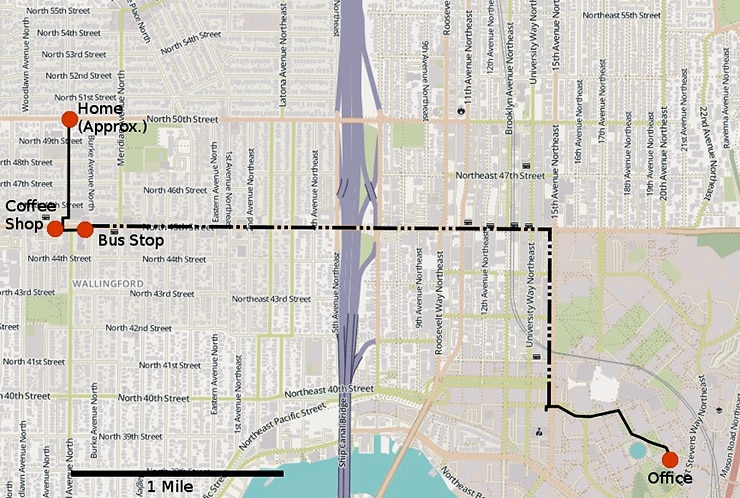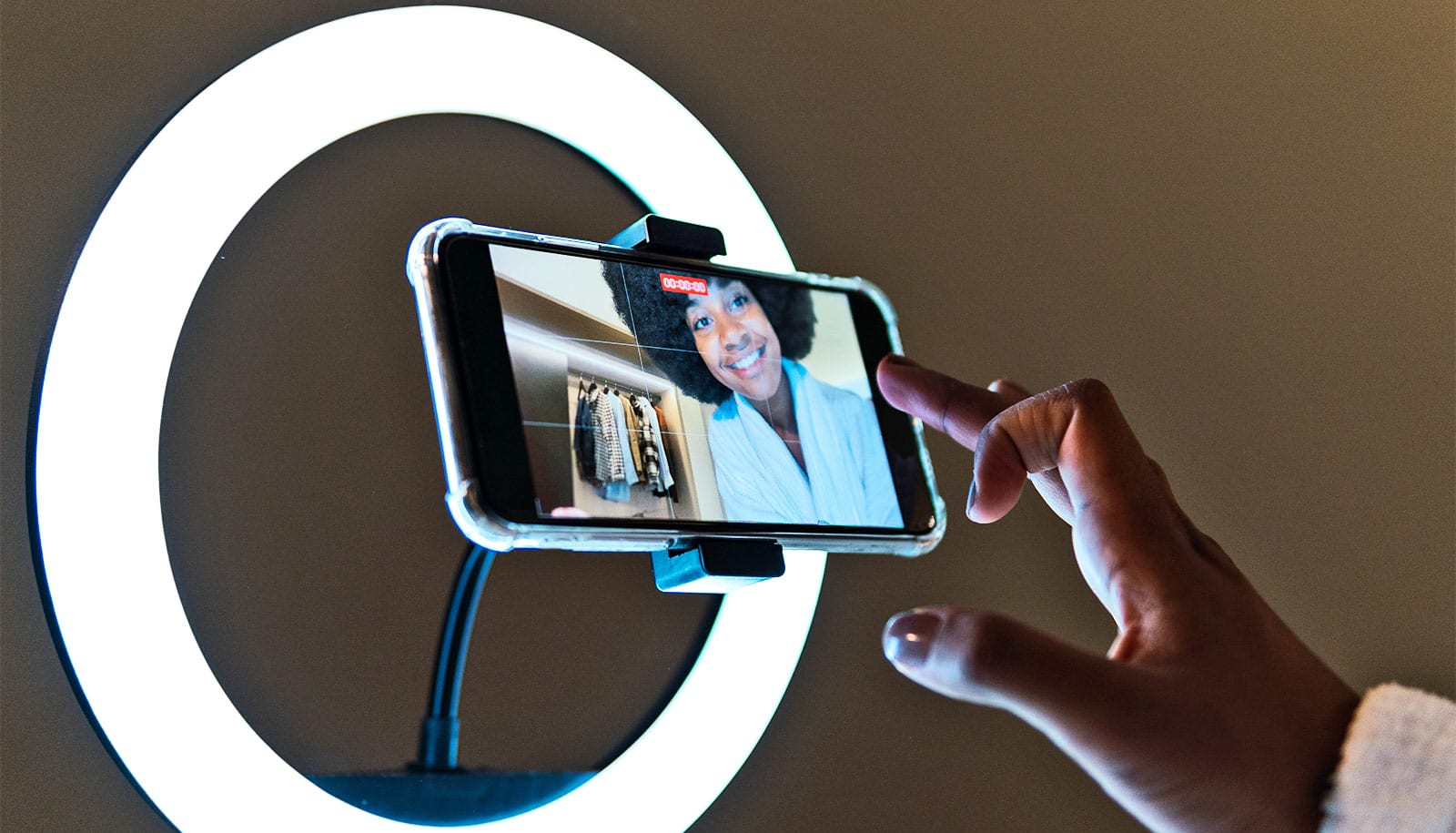For around $1,000, anyone can buy online ads that could allow them to track which apps you use, where you spend money, and your location, new research suggests.
Privacy concerns have long swirled around how much information online advertising networks collect about people’s browsing, buying, and social media habits—typically to sell you something.
But could someone use mobile advertising to learn where you go for coffee? Could a burglar establish a sham company and send ads to your phone to learn when you leave the house? Could a suspicious employer see if you’re using shopping apps on work time?
The answer is yes, at least in theory.

“Anyone from a foreign intelligence agent to a jealous spouse can pretty easily sign up with a large internet advertising company and on a fairly modest budget use these ecosystems to track another individual’s behavior,” says lead author Paul Vines, a recent doctoral graduate in the University of Washington’s Paul G. Allen School of Computer Science & Engineering.
The research team set out to test whether an adversary could exploit the existing online advertising infrastructure for personal surveillance and, if so, raise industry awareness about the threat. They will present their findings in a paper at the Association for Computing Machinery’s Workshop on Privacy in the Electronic Society on October 30.
“Because it was so easy to do what we did, we believe this is an issue that the online advertising industry needs to be thinking about,” says coauthor Franzi Roesner, co-director of the university’s Security and Privacy Research Lab and an assistant professor in the Allen School. “We are sharing our discoveries so that advertising networks can try to detect and mitigate these types of attacks, and so that there can be a broad public discussion about how we as a society might try to prevent them.”
“To be very honest, I was shocked at how effective this was…”
The researchers discovered that an individual ad purchaser can, under certain circumstances, see when a person visits a predetermined sensitive location—a suspected rendezvous spot for an affair, the office of a company that a venture capitalist might be interested in, or a hospital where someone might be receiving treatment—within 10 minutes of that person’s arrival. They were also able to track a person’s movements across the city during a morning commute by serving location-based ads to the target’s phone.
The team also discovered that individuals who purchase the ads could see what types of apps their target was using. That could potentially divulge information about the person’s interests, dating habits, religious affiliations, health conditions, political leanings, and other potentially sensitive or private information.
Someone who wants to surveil a person’s movements first needs to learn the mobile advertising ID (MAID) for the target’s mobile phone. These unique identifiers that help marketers serve ads tailored to a person’s interests are sent to the advertiser and a number of other parties whenever a person clicks on a mobile ad. People could also obtain someone else’s MAID by eavesdropping on an unsecured wireless network the person is using or by gaining temporary access to his or her WiFi router.
Do toys that ‘listen’ steal children’s privacy?
The team demonstrated that customers of advertising services can purchase a number of hyperlocal ads through that service, which will only be served to that particular phone when its owner opens an app in a particular spot. By setting up a grid of these location-based ads, the adversary can track the target’s movements if he or she has opened an app and remains in a location long enough for an ad to be served—typically about four minutes, the team found.
Importantly, the target does not have to click on or engage with the ad—the purchaser can see where ads are being served and use that information to track the target through space. In the team’s experiments, they were able to pinpoint a person’s location within about 8 meters.
“To be very honest, I was shocked at how effective this was,” says coauthor Tadayoshi Kohno, a professor who has studied security vulnerabilities in products ranging from automobiles to medical devices.
“We did this research to better understand the privacy risks with online advertising. There’s a fundamental tension that as advertisers become more capable of targeting and tracking people to deliver better ads, there’s also the opportunity for adversaries to begin exploiting that additional precision. It is important to understand both the benefits and risks with technologies,” Kohno says.
An individual could potentially disrupt the simple types of location-based attacks that the team demonstrated by frequently resetting the mobile advertising IDs in their phones—a feature that many smartphones now offer. Disabling location tracking within individual app settings could help, the researchers say, but advertisers still may be capable of harvesting location data in other ways.
On the industry side, mobile and online advertisers could help thwart these types of attacks by rejecting ad buys that target only a small number of devices or individuals, the researchers say. They could also develop and deploy machine learning tools to distinguish between normal advertising patterns and suspicious advertising behavior that looks more like personal surveillance.
Hijacked devices could track your movement with music
Next, the team will work with experts to explore the legal and policy questions raised by this new form of potential intelligence gathering.
The National Science Foundation, the Tech Policy Lab, and the Short-Dooley Professorship funded the research.
Source: University of Washington



